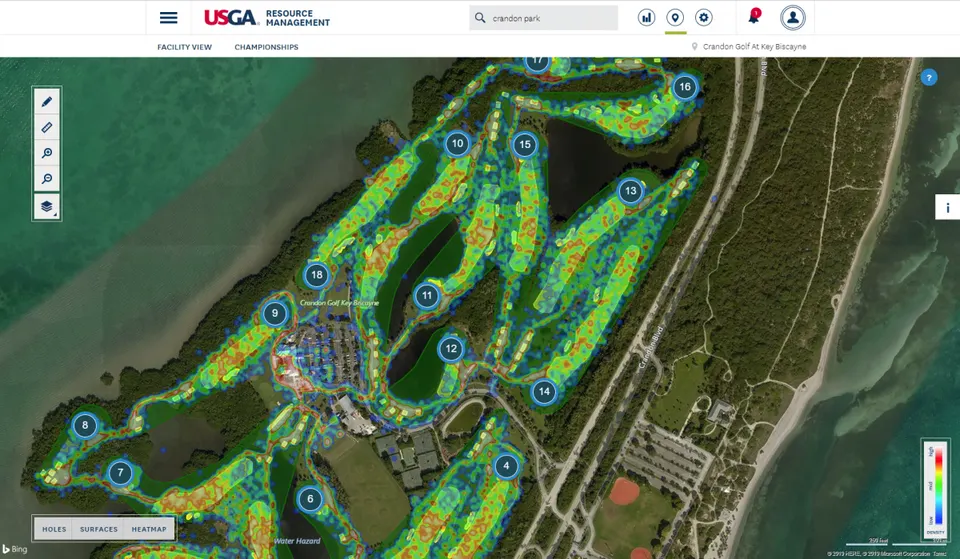
As the golf world turns to Akron for the Kaulig Companies Championship, don’t underestimate the role technology has played in golf. But if you think it’s for clubs and balls, think again!
1968
The first and often touted as landmark research for the perfect golf swing can be found in the book, The Search for the Perfect Swing, by the main researchers, Alastair Cochran and John Stobbs. Using high speed cameras the researchers broke down the swing of professionals and amateurs alike. Why do you keep your head down? Is the left arm really straight? Is putting about stroke or confidence?
Golf Course
The Lido Club
1917 – CB MacDonald
2023 – Tom DoakCombining modern technology and plans from a century ago, Doak & Co. have attempted to bring back a golf course long dead.
Originally on Long Island, Lido was lost to the Great Depression and WW2. The Keiser’s decided they… pic.twitter.com/UQdcXMZNzD
— Rick Golfs (@Top100Rick) July 11, 2023
Superintendents and your local links pro spend countless hours trying to prepare and adjust their course for all the play that it might get.
High tech methods to monitor soil, water and salinity help the superintendents understand where their course needs work or where potential issues might arise. For example, soil GPS sensors identify what areas of the course need attention. Sprayers are equipped with this same technology and can properly apply the correct amount of fertilizer or insecticide in real-time.
Lasers can be utilized for the same purpose. Forbes had an article on how a public course and the USGA,one of golf’s governing bodies, used sensors on the golfers to create a heatmap to find where the golfers spent their time on a course and why rounds were taking so long.
Scott Mingay, at the time the director of product development with the USGA, explained how Rancho Park Golf Course in LA utilized this technology.
“Golfers were complaining not just about the long rounds, but also that they were teeing off (on the first hole) 40 minutes late. With use of our GPS service, the course was able to identify optimal tee time intervals that virtually eliminated the wait on the first tee and reduced round times.”
Drivers
Golf clubs, like drivers and fairway woods, were made predominantly from persimmon wood. But when TaylorMade created the first metallic driver, the club technology radically exploded.
Ron Streck and Gary Adams
Gary Adams, the founder of TaylorMade Golf, researched the new two-piece balls being produced in the late 1970’s. Since he noticed irons seemed to benefit from this new technology, he borrowed money from his home to create metal woods.
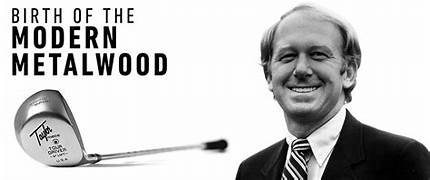
Thanks to TaylorMadegolf.com
Adams called his club the Persimmon Driver, but reporters like the term Pittsburgh Persimmon due to the steel construction. In 1979’s PGA Merchandise Show in Florida, Adams displayed the wood, a 12 degree loft steel driver. Orders were placed but he needed professionals to use it for a wider acceptance. Enter Ron Streck.
Ron Streck was a golf lifer. Born and raised in Tulsa, Oklahoma, he stayed at home for college at the University of Tulsa. (His college roommate was Hank Haney, former swing coach for many years for Tiger Woods.)
Ron’s career earnings according to the PGA website were $817,211 on 25 top ten finishes and two wins. It was his first win that was significant.
Adams met Streck and asked him to try these metal woods. In 1981 at the Michelob-Houston Open, Streck defeated Hale Irwin and Jerry Pate to make the first PGA Tour win with a player using metal woods!
By 1982, seven professionals and one LPGA golfer were using the TaylorMade clubs.
Lee Trevino won the PGA Championship with a metal wood, becoming the first major champion to win with steel.
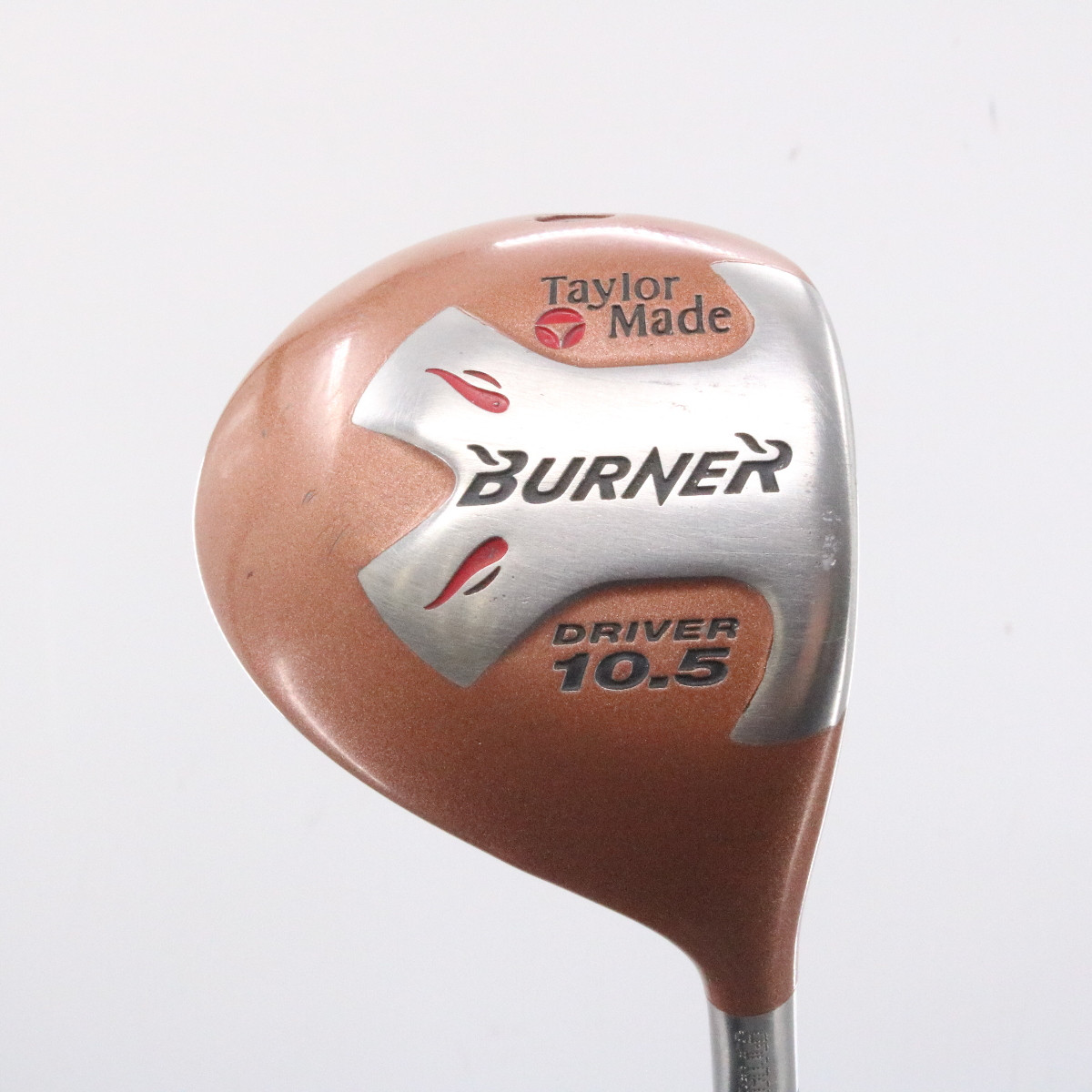
Golf Technology and Golf balls
In March of this year, the USGA and the R&A, Europe’s golfing body, held a press conference. Bottom line they made it clear…the golf ball NEEDS to change. As one tour pro said basically if you hit 300 yards the new balls might only carry at most about 285!
WHAT??!

The two entities have a friend in Jack Nicklaus, who basically is in favor of the idea. But for weekend enthusiasts, do NOT worry. This will only be for professionals. This battle has only begun! Should be as heated as the LIV/PGA one!
For a great read on the history of the golf ball, please read this article from kansasgolf.org. From wood to feathers, to gutta percha, to rubberbands, to 3-D printing, the golf ball’s history is truly fascinating.
Golf Technology and Swing Analysis
Here in Ohio, Miami University professor, Mark Walsh, and his fellow peer, Young-Hoo Kwon from Texas Women’s University, are utilizing reflective markers and force plates to create computer models of golfers taking various strokes. This research can impact each level of golfer.
Force Plates
Force plates are sensing systems designed to measure forces between the ground and humans. For Dr. Walsh, force plates now are smaller and more easily adaptable to the body and with the use of “high-tech infrared quadrascopic camera that takes four pictures simultaneously from four slightly different angles” researchers receive data that were not possible before.
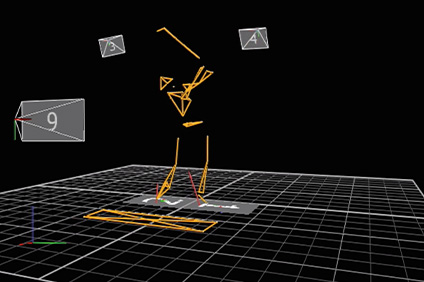
Courtesy of The Miamian
In a recent article for The Miamian, a publication the school in Oxford, Ohio, Dr. Walsh shared the research data.
“We get a lot of useful information…Now, we know all the forces going through each leg in three dimensions, and all the movements their bodies are making. And we can give them tips on how to decrease their chance of injury. We see some really subtle things that the naked eye cannot see if you’re just visually watching a golfer.”
Want to get more yards out of your drives? It’s not about swinging harder or faster. Dr. Walsh and Dr. Kwon say it’s the sequential motion your body undergoes that leads to more power. These biomechanical factors are driving their research.
At Firestone!
Technology has advanced the understanding of not just the golf swing. It has developed new ways to sustain the game and its nature footprint and create equipment that help pros and amateurs score better than ever before!
As you walk the course this weekend at the Kaulig Companies Championship remember technology set up the course and created the layout for your enjoyment. And as you admire Langer and Goosen and others, wonder what technological advances might be in their bag. Or what rangefinder did they use to identify yardages.
Heck, I didn’t even mention the advancement of their shoes!
Featured Image courtesy of USGA.










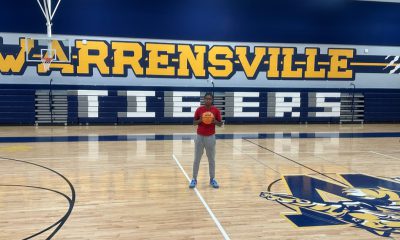

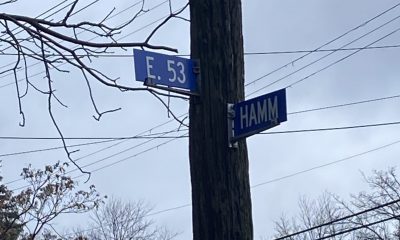

Recent Comments